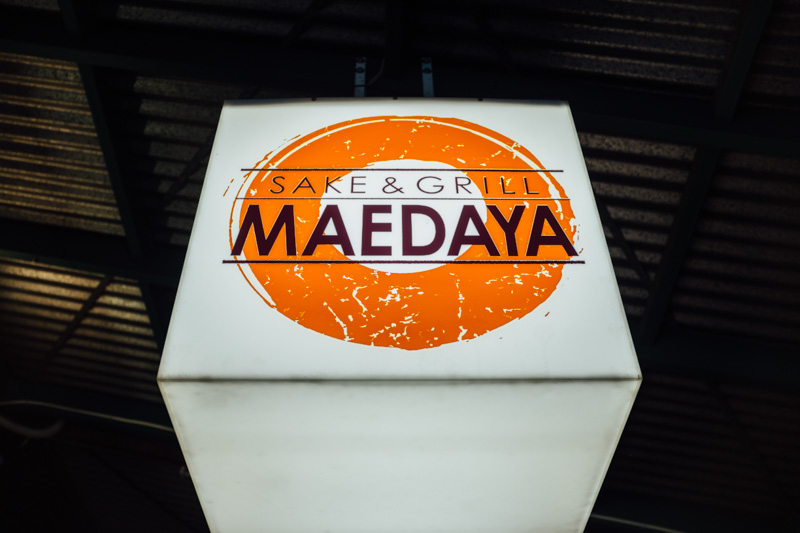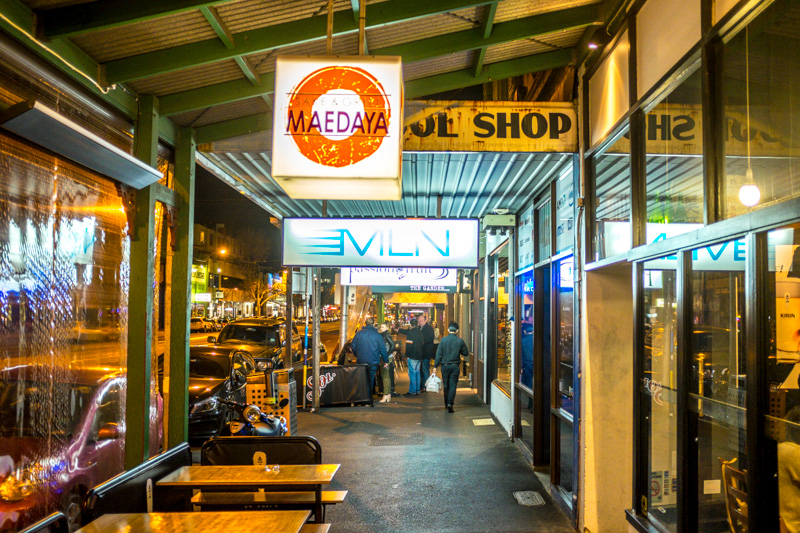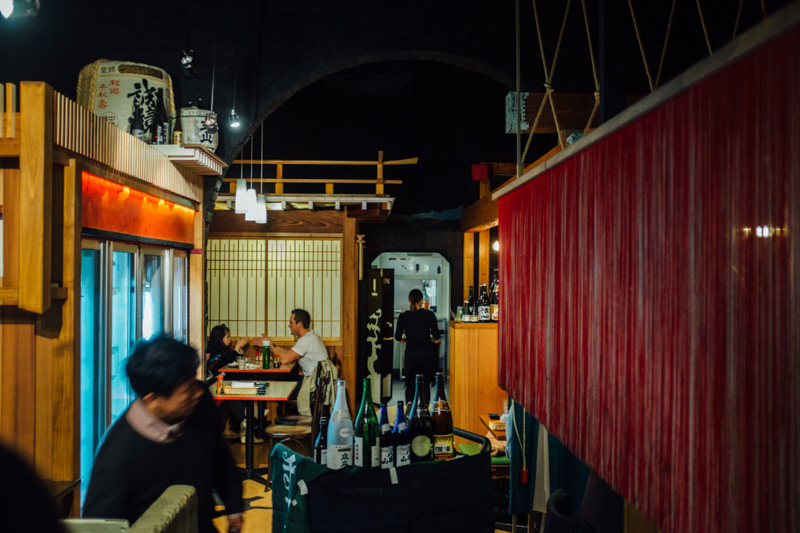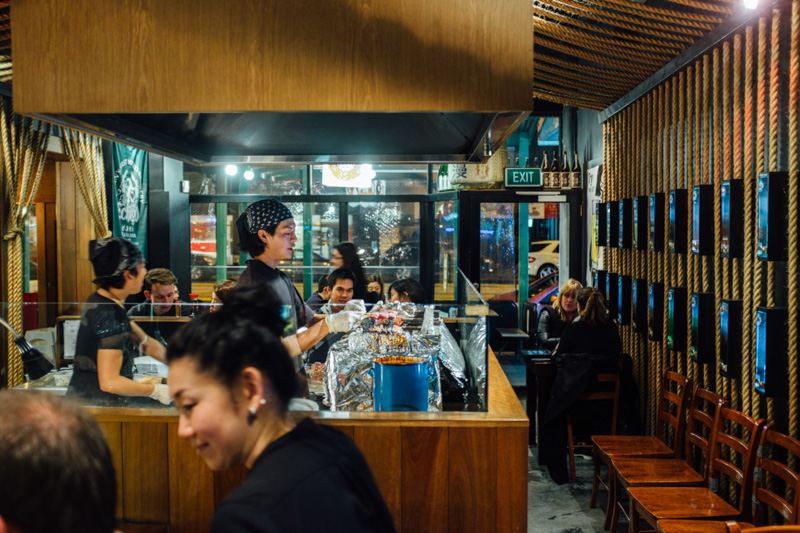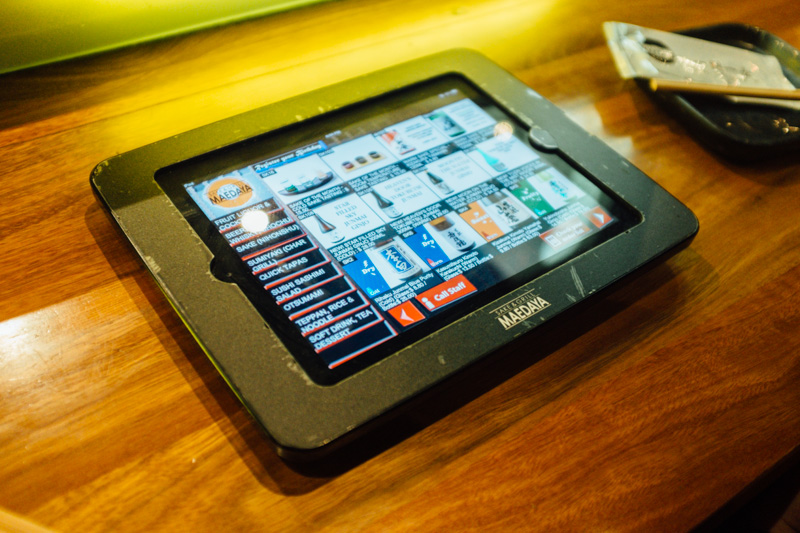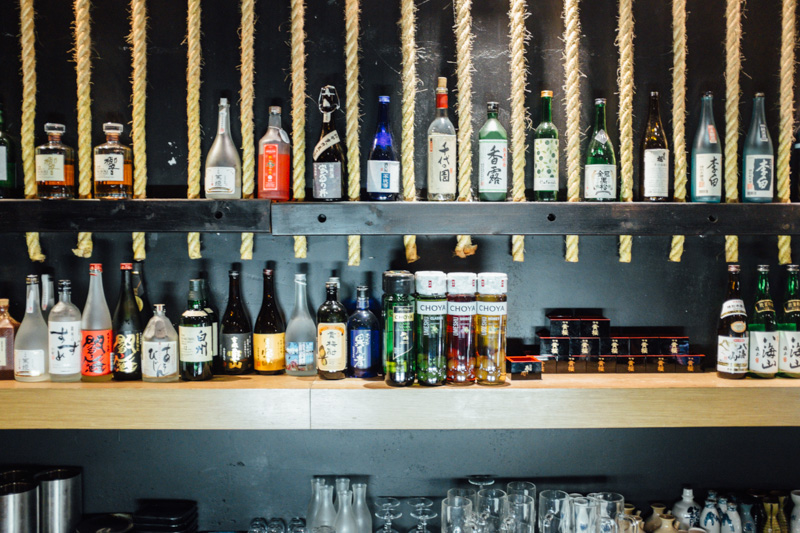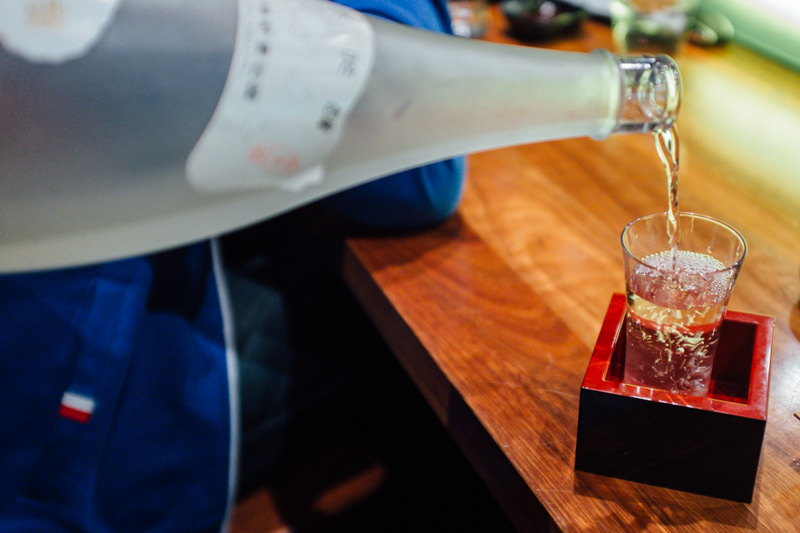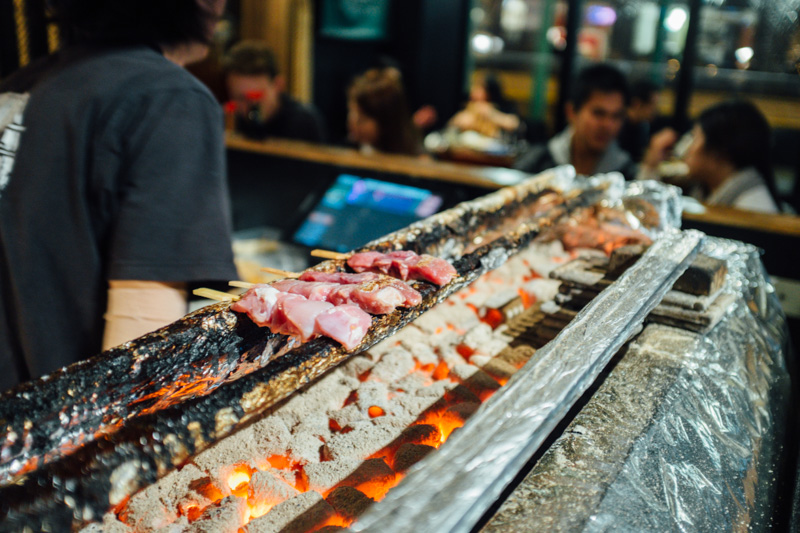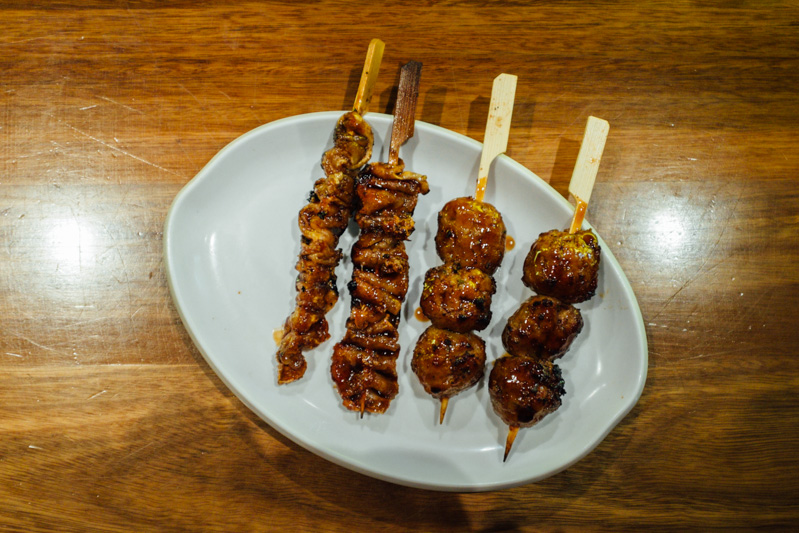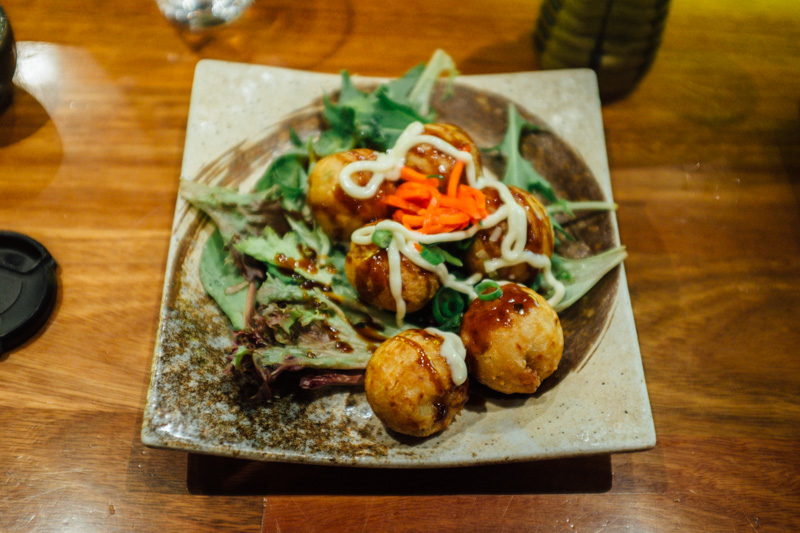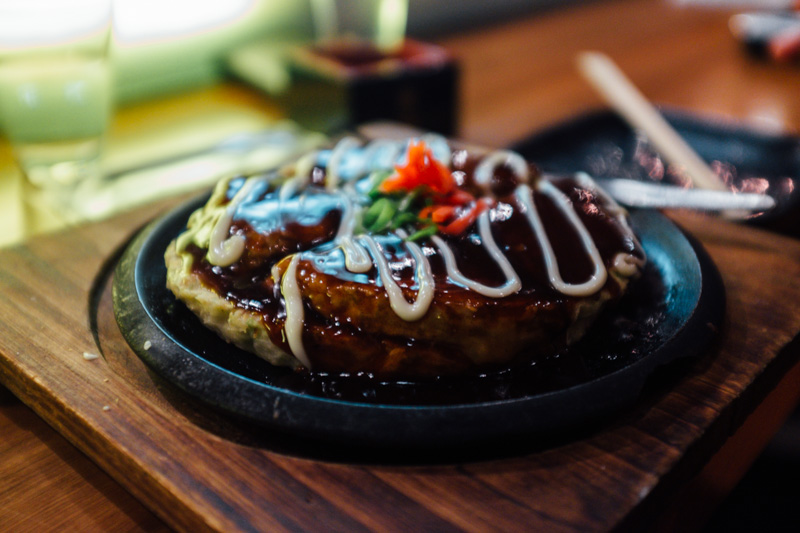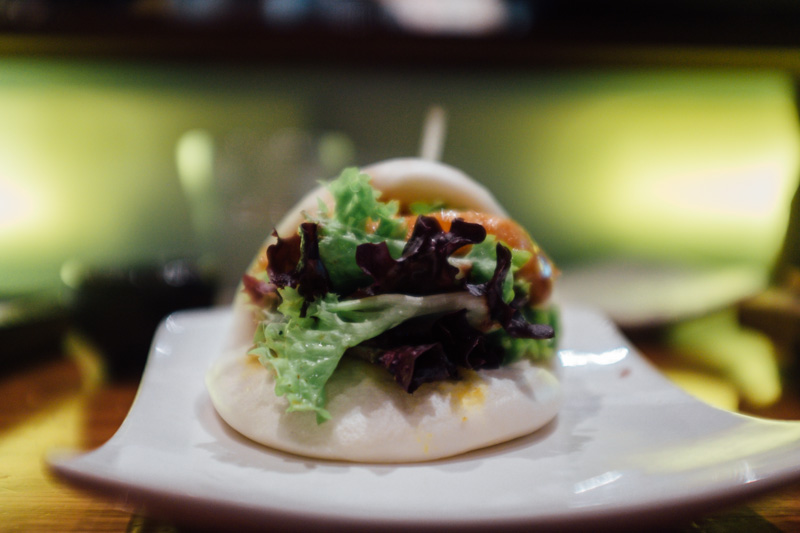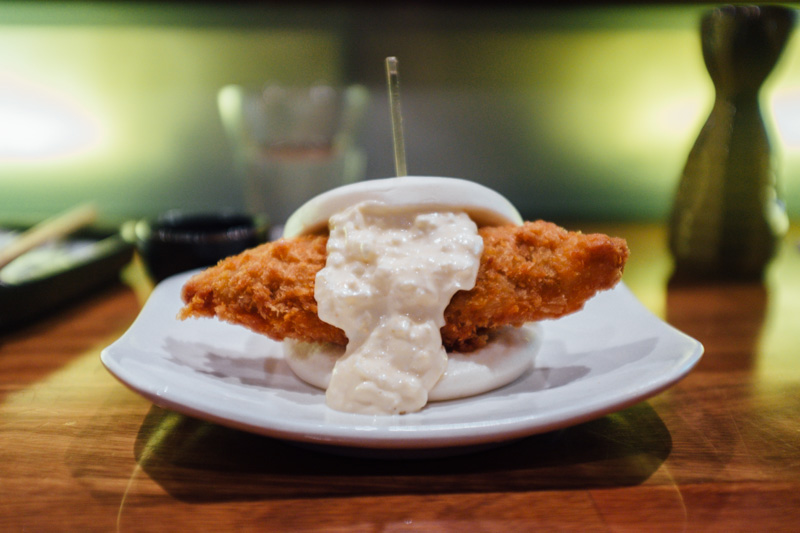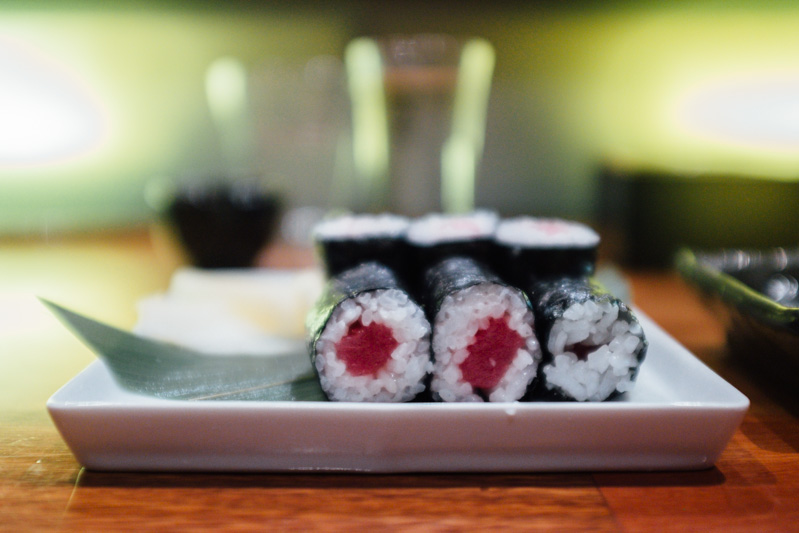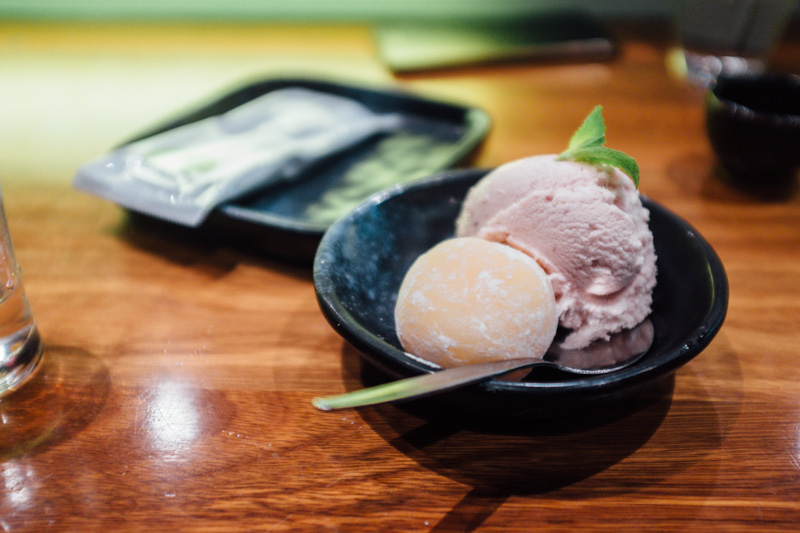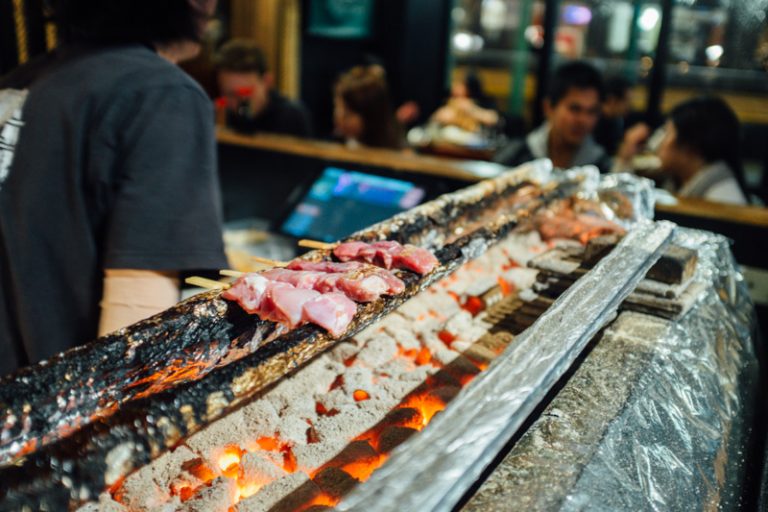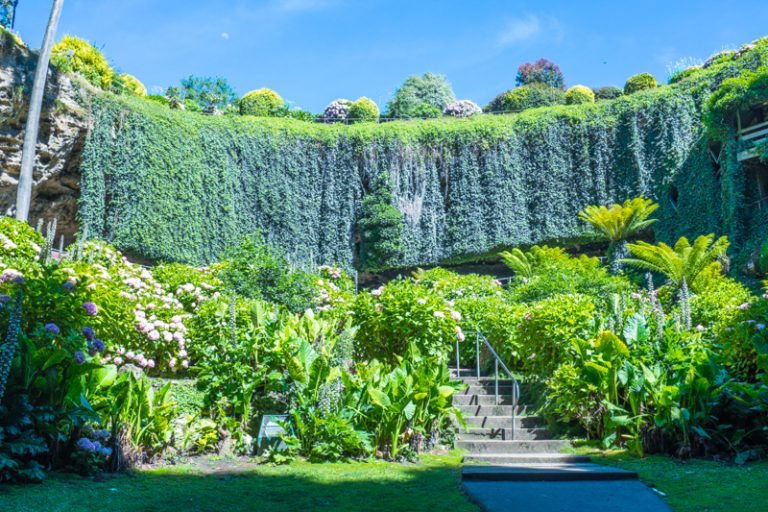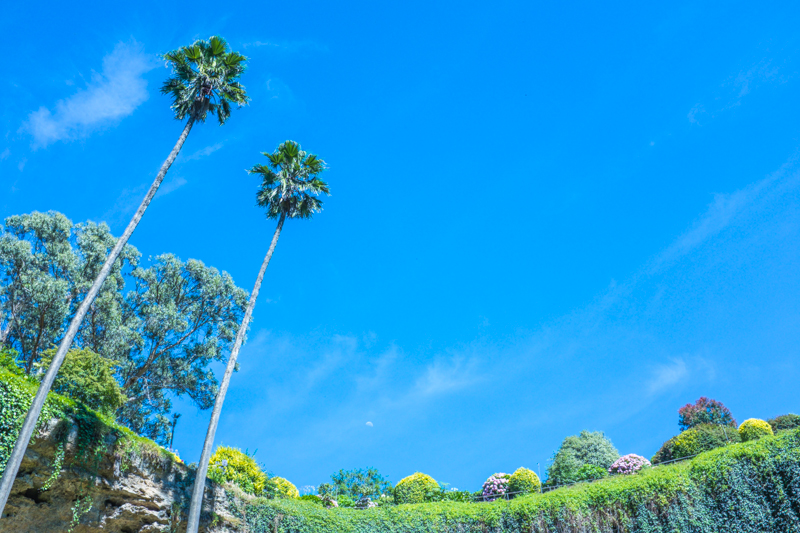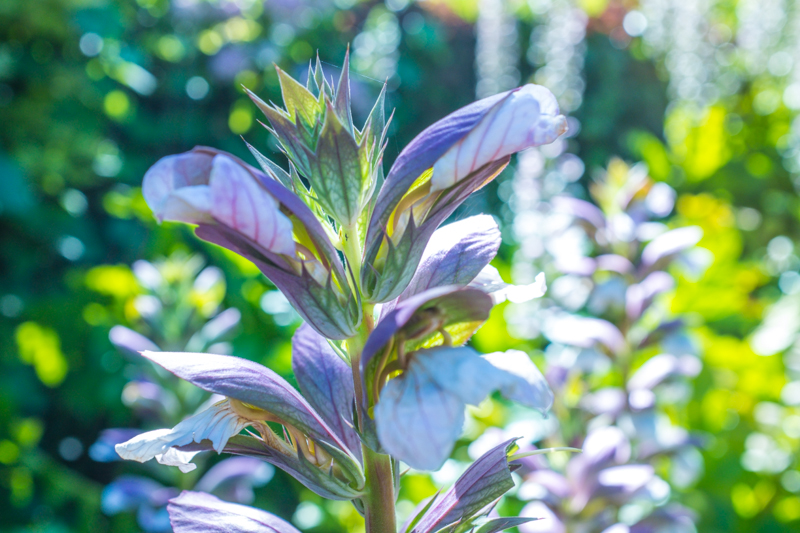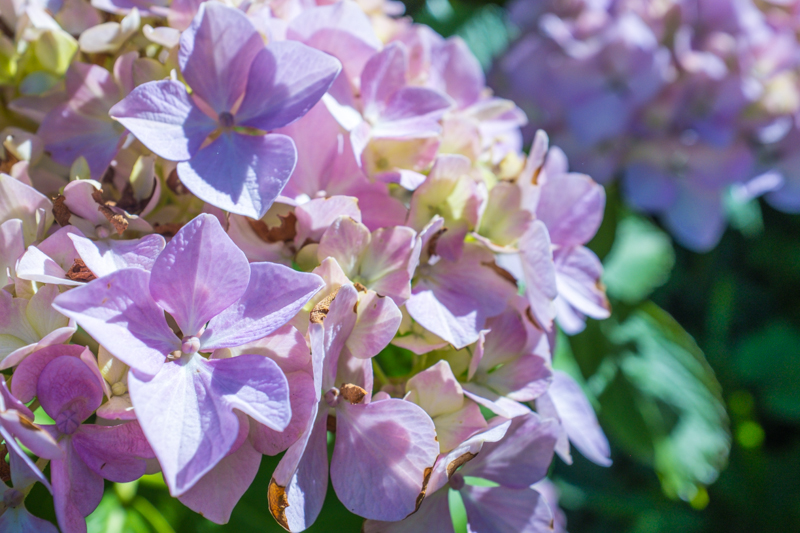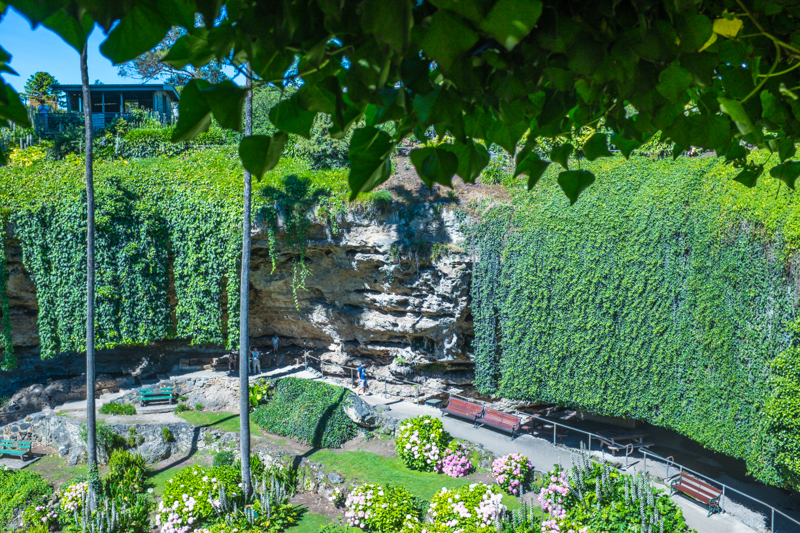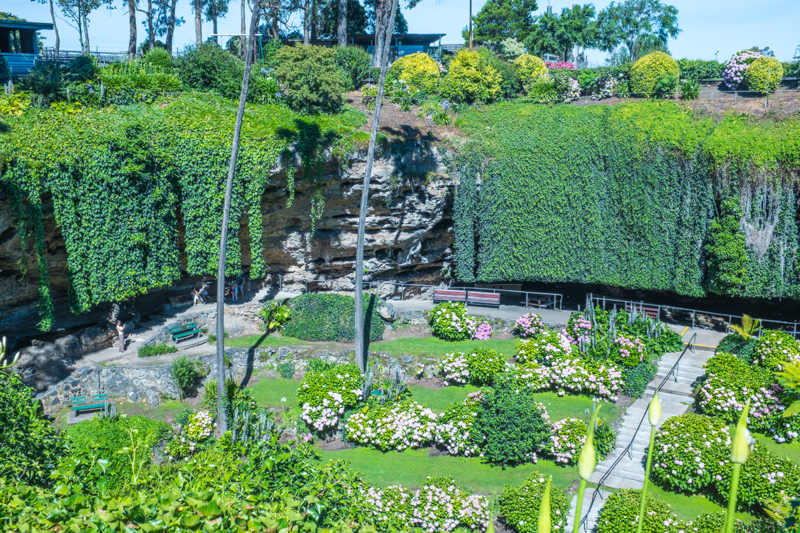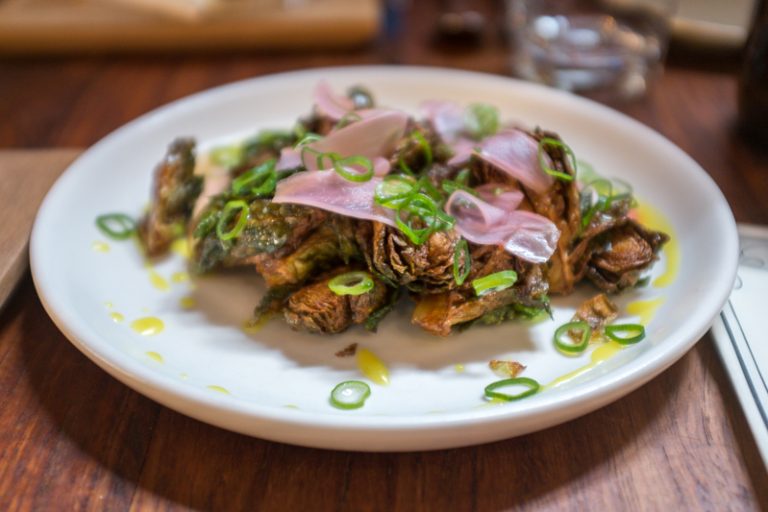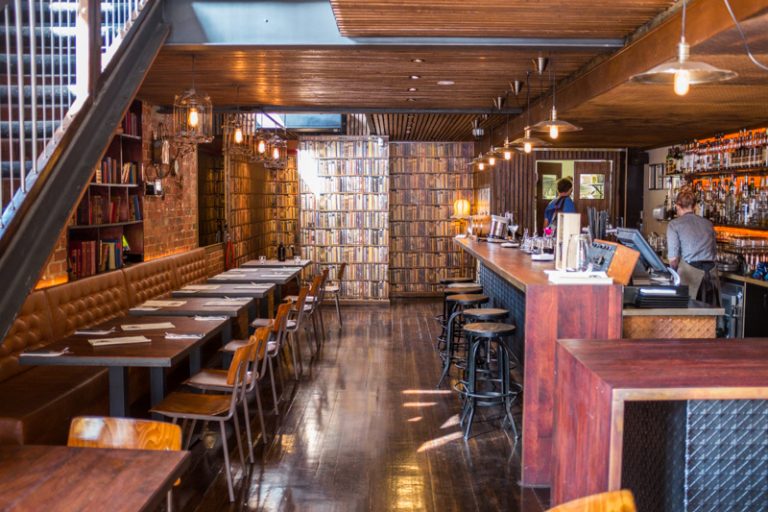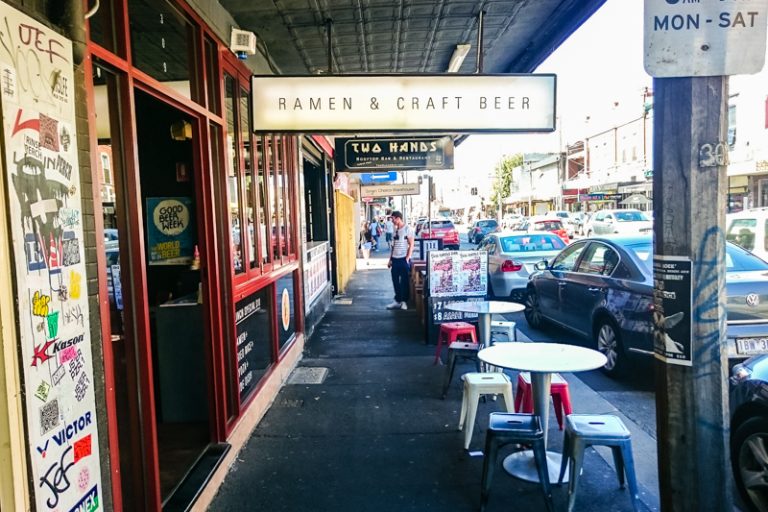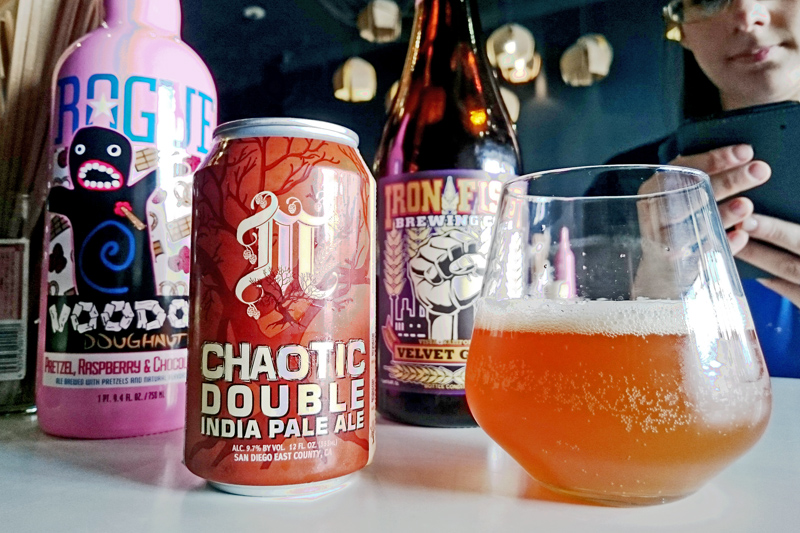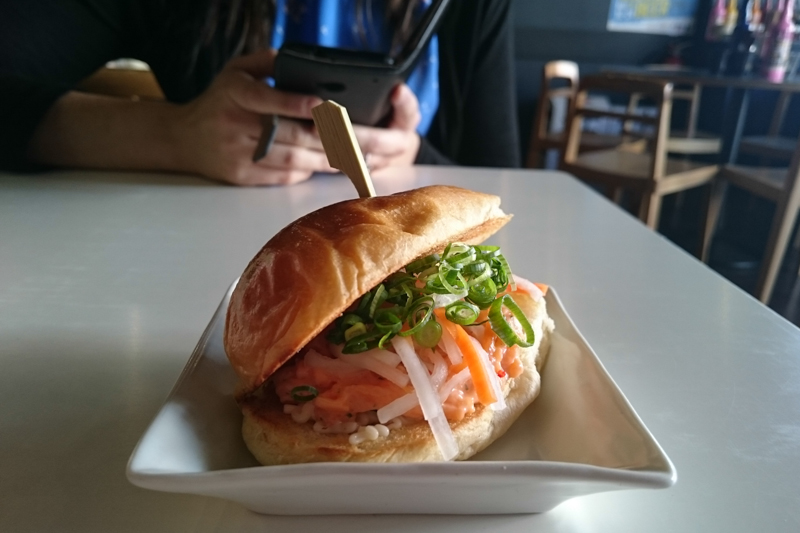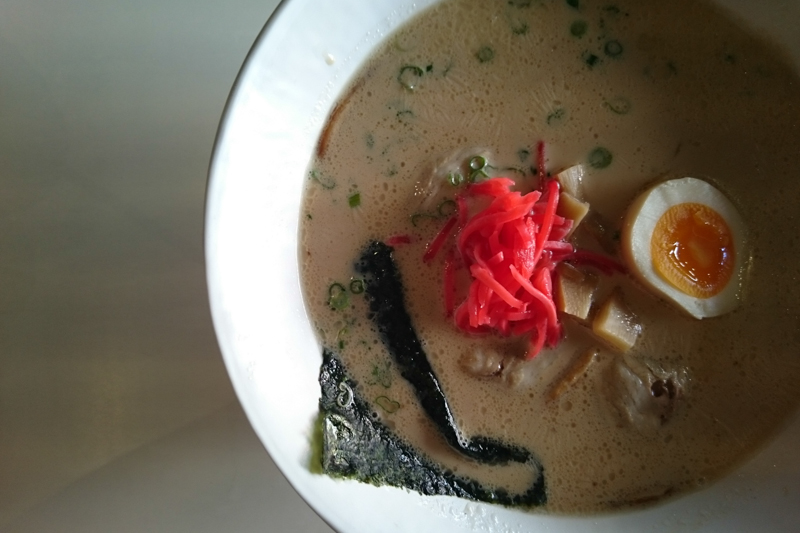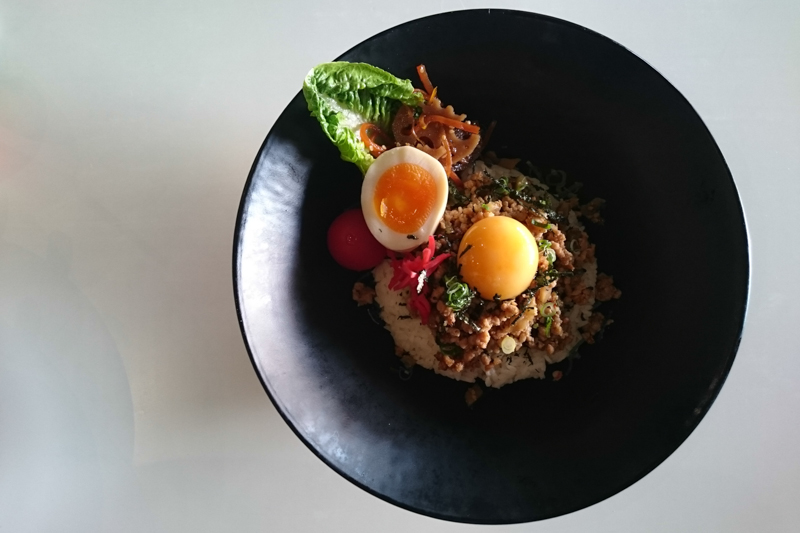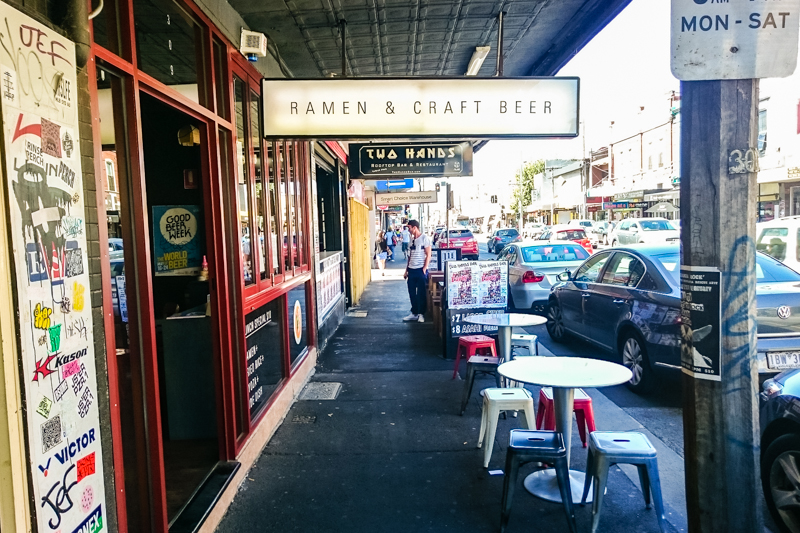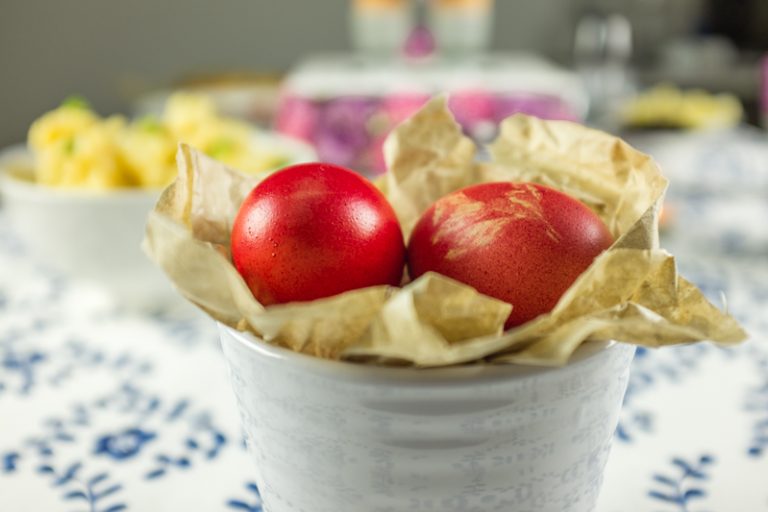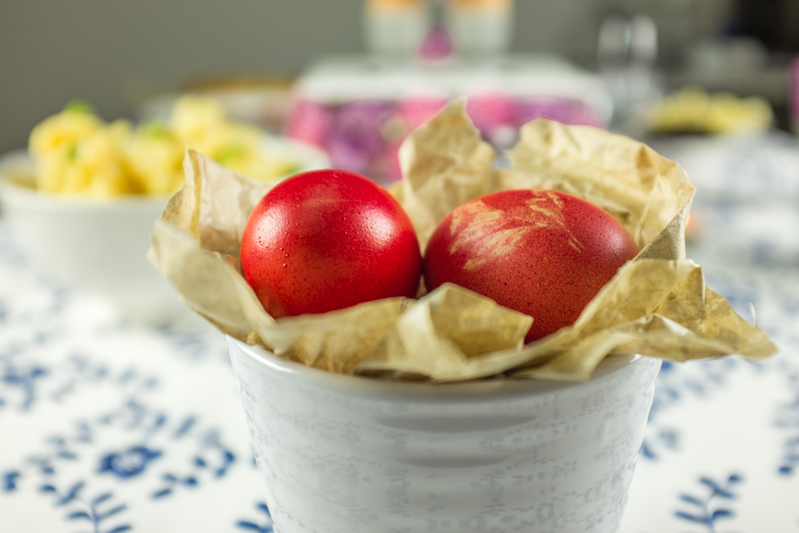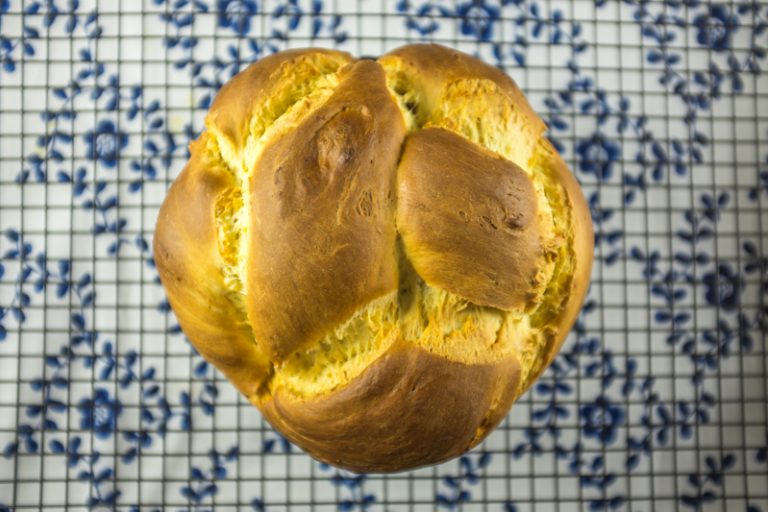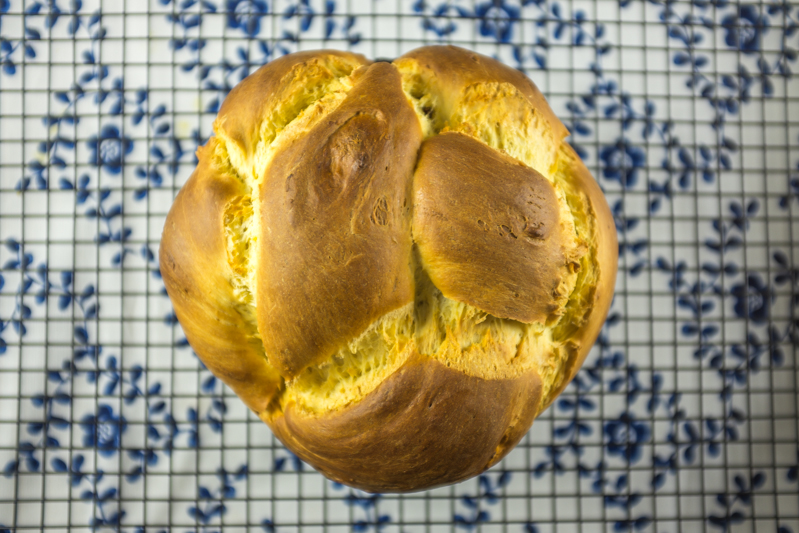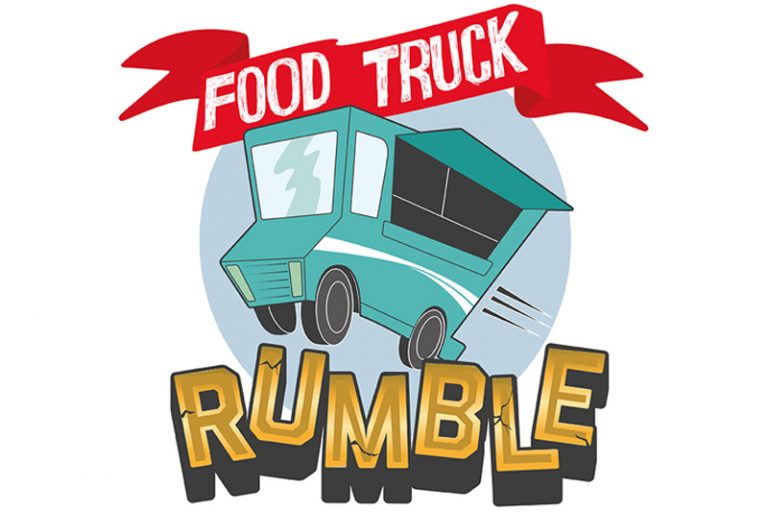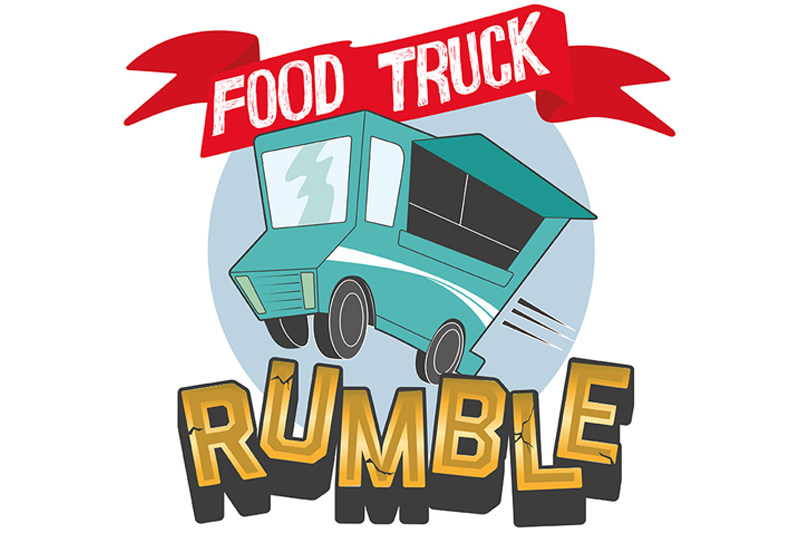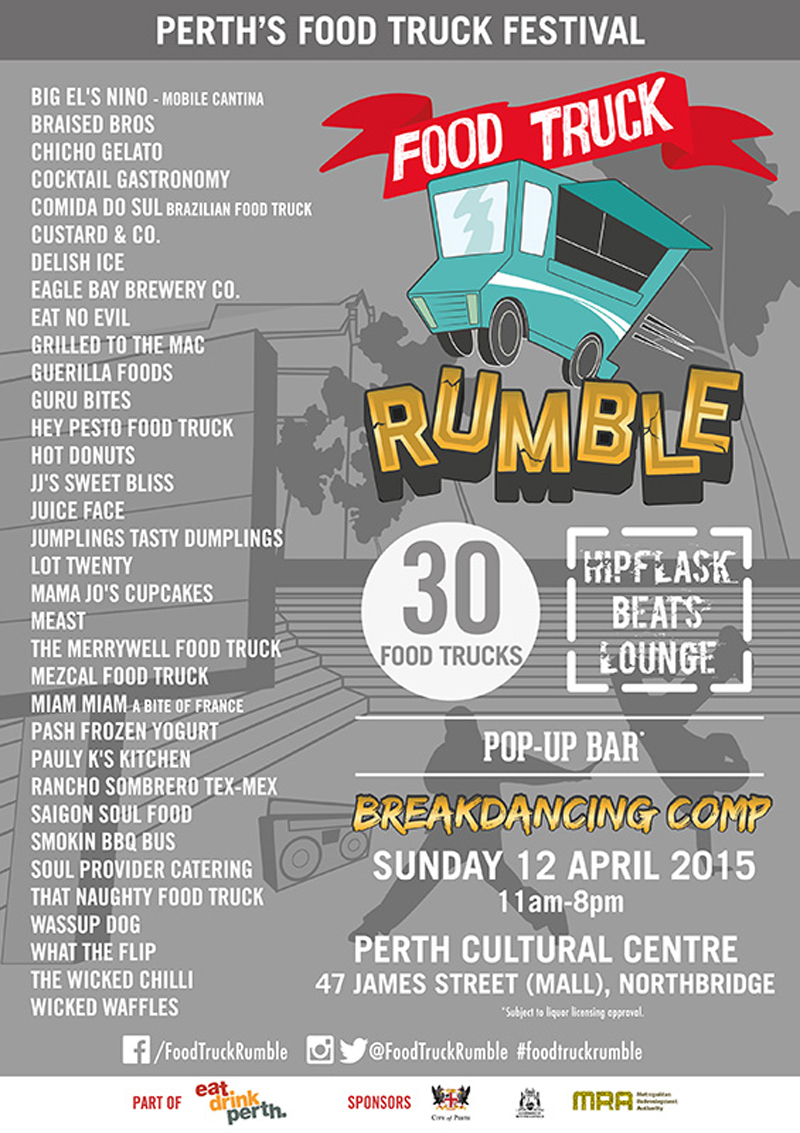The Noble Experiment Collingwood is an eatery and bar that’s been open for about a year now, operating under the radar and without the hype that accompanies most new openings on Smith Street. When The City Lane was first contacted by The Noble Experiment and invited to experience thevenue, we weren’t quite sure whether it was a place we thought we’d seen before or a new place altogether.
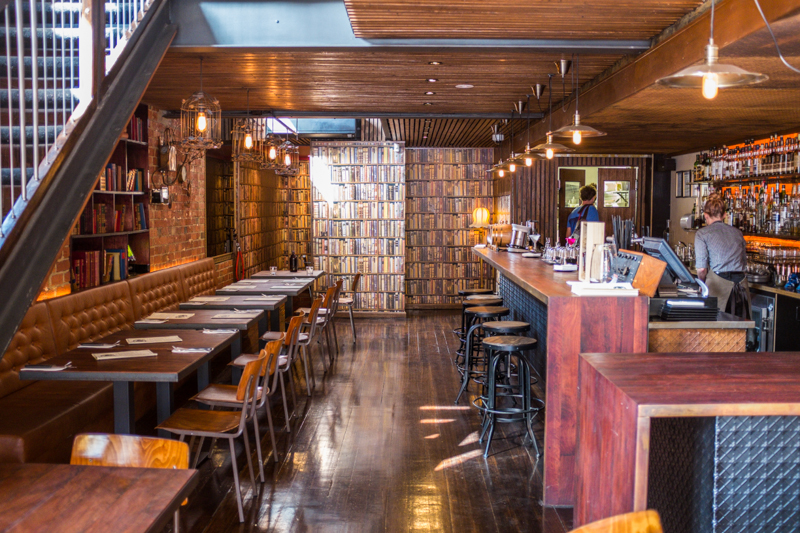
Drawing it’s name from the 1920s prohibition era, The Noble Experiment is appropriately housed in a building that’s over 100 years old. The restaurant is on the ground floor, upstairs is the cocktail bar and in the basement… well that’s a secret for the time being. Overall, the look is rustic, cozy with a touch of class – fitting of the era from which it draws inspiration.
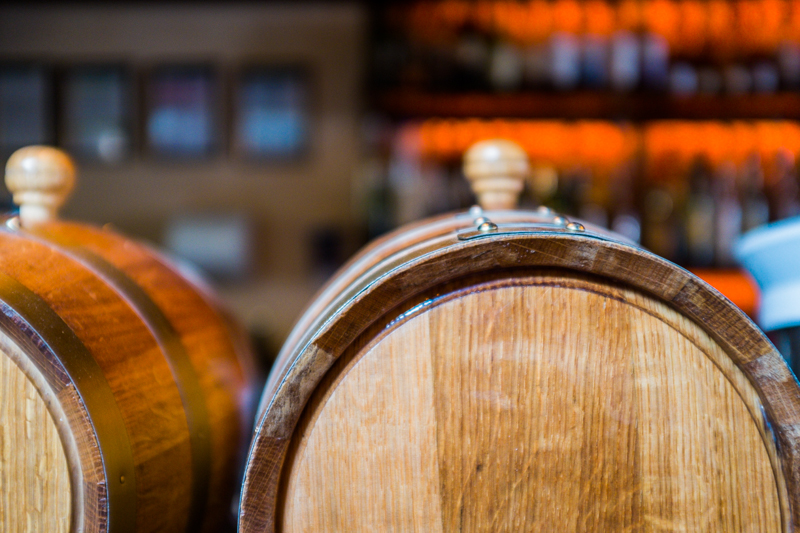
The cocktail list has been carefully crafted by Linus Schaxmann who honed his skills in the bars of London and Monte Carlo. Schaxmann has designed a menu focusing on bottle and barrel aged cocktails however the rest of the menu is no slouch. On the shelves behind the ground floor bar stand a large number of rare and obscure whiskeys sourced by part owner and whiskey connoisseur Daniel Lemura. These guys don’t just talk the talk – as you can see from the photo below there are a lot of whiskeys on that top shelf, many of which I’d never heard of before.
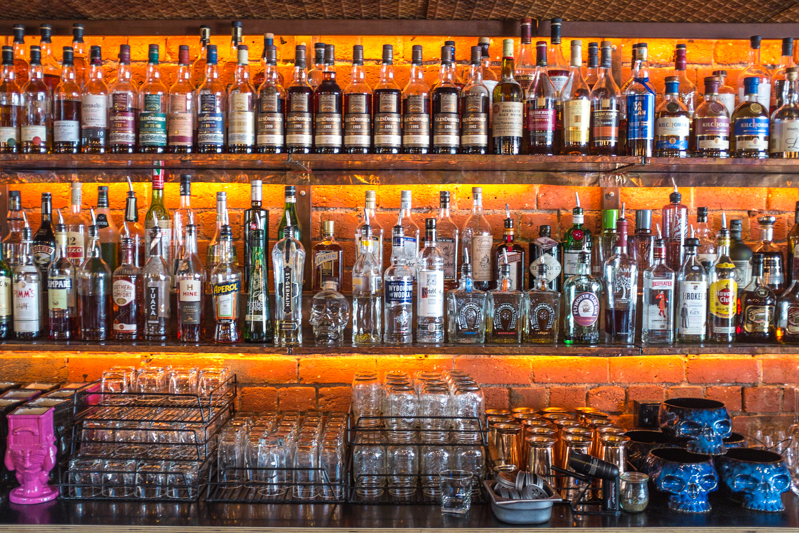
When the time came to choose a beverage, there were a lot of great options to choose from but the cocktail that really stood out was the “My Father’s Daughter”, which consisted of bottle aged Glenfiddich 12 Y/O, Catron pear liqueur, walnut bitters, vanilla & star anise syrup & rosemary smoke.
The cocktail glass was served upside down and, when flipped the correct way, the rosemary smoke rose from the glass and perfumed the air. The cocktail in the glass medicine bottle next to it was then poured into the glass and voilà, My Father’s Daughter was ready to drink with its unique mixture of sweet, herbaceous and bitter elements. A lovely tasting cocktail with an unexpected element of theatre.
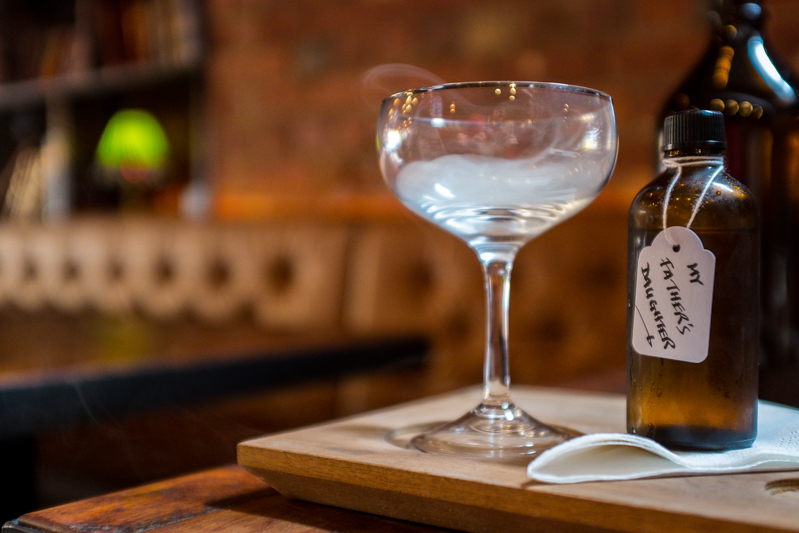
Originally from Perth, head chef Cameron Bell has worked in casual and Michelin Starred restaurants in Northern America and Europe as well as Australia.
We spoke to Bell about his goals for the menu and he told us that his aim is to use quality produce to make food that’s accessible with a twist here and a flourish there when appropriate. Nothing should be done “just for the sake of it” – everything should serve a purpose and add to the dish in some way.
Bell was also kind enough to share with us a few stories behind some of the dishes that we ate which we will share with you below.
12 Hour Steamed Lamb Buns ($12.00 for 2)
The slow cooked lamb worked well with the red miso & peanuts in these steamed buns. The inspiration for this dish stems from Bell’s time working at New York’s Momofuku Ssam. There’s not too much more to say about this item which has become quite ubiquitous in Melbourne over the past years, other than that it’s a great tasting example of a simple steamed bun.
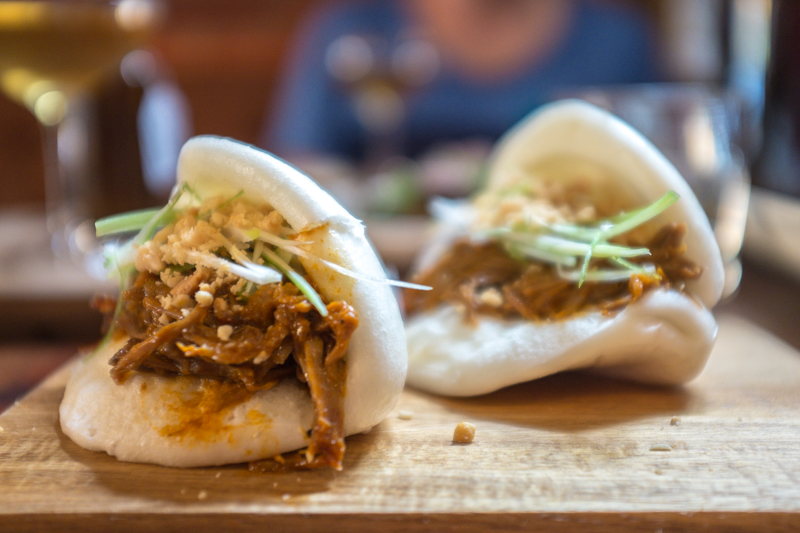
Crispy Brussels Sprouts ($10.00)
If you’re hesitant about trying these because your mind is flashing back to the boiled/steamed Brussels sprouts you has as a child then think again. These Brussels sprouts are deep fried and finished with coconut, lime and caramel before being topped with pickled slices of radish. The result is a crispy, delicious concoction that will completely change what you thought about Brussels sprouts.
The sweetness of the caramel balances with the acidity of the pickled radish and the umami of the Brussels sprouts to create something quite delicious. Bell actually came up with this dish on the fly one day when he had to do something with an excess of Brussels Sprouts for a family meal. The meal was almost ready and there was no time to boil the Brussels Sprouts so Bell threw them into the deep fryer instead and added in the other elements that were on hand. It’s been tweaked and perfected since, but it’s proof that creativity can come at any time!
Bell was kind enough to give us the recipe for his Crispy Brussels Sprouts to share with you. If you want to give them a go at home, you can find the recipe here.
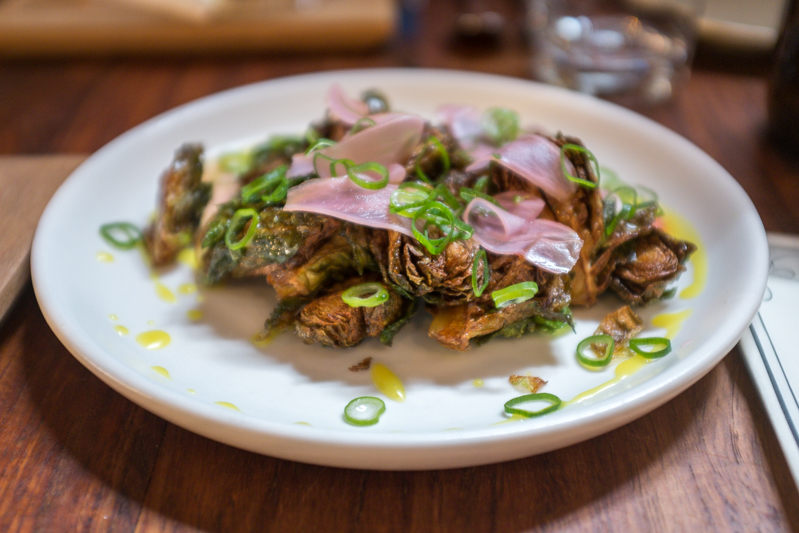
Murray Cod With Pickled Papaya & Native Lime ($26.00)
It was back to simplicity with this dish, with the Murray Cod from NSW benefiting from a tropical flourish courtesy of the pickled papaya and native lime, both of which added a slight tartness to the dish. Simple flavours done well.
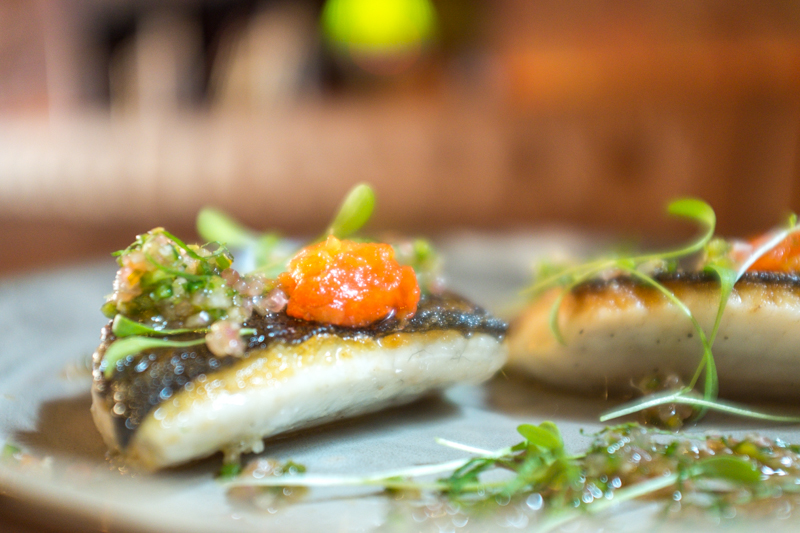
Beef Short Rib With Burnt Onion & Coffee ($24.00)
The beef short rib was quite a surprise in that it was served more as a steak as opposed to the usual short rib style. The flavour was strong, as is the case with this cut but the texture was very soft and moist, which is unusual for a short rib. We asked Bell how he achieved this and he told us an interesting story about visiting Paul Wilson (back when Wilson was head chef at the Newmarket Hotel in St Kilda) and trying a twist on a Korean beef kalbi.
Beef kalbi is thinly sliced BBQ short rib and the twist in this version was that it came out cooked medium rare on the bone and didn’t quite work. Inspired by the idea of making this work, Bell spent months trying to perfect the cooking of the short rib until he settled on a 3 day sous vide cooking time at 60°C. This resulted in what’s the equivalent of a medium cook.
Bell is currently trying to figure out how to get the short rib to medium rare with a nice pinkness inside safely – he did get the right texture and tenderness cooking it sous vide for 5 days at 57°C however bacteria was an issue and it wasn’t practical for a kitchen. To me this story really emphasises what the food at the Noble Experiment is about. On the plate it looks very simple but there’s a lot going on behind the scenes.
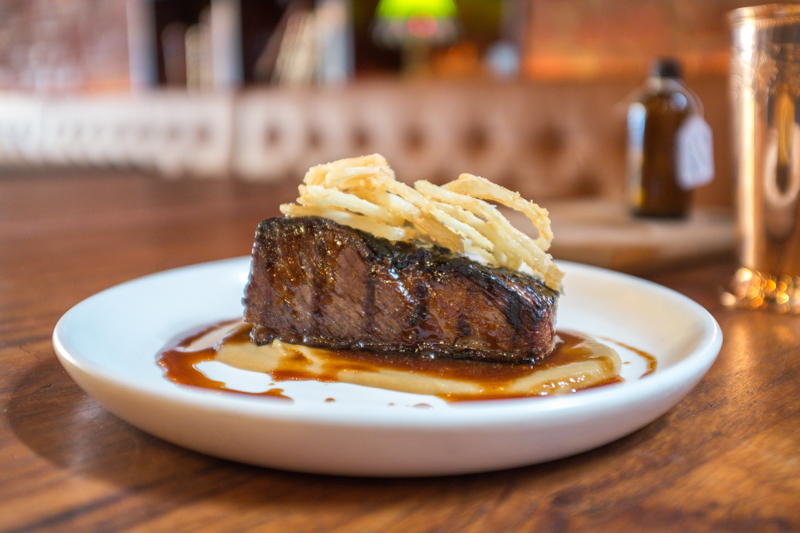
Beetroot Parfait With Green Peppercorn & Sorrel ($12.00)
To finish was this tasty dessert. I find that beetroot is very underrated as a dessert component given its sweetness and amazing colour. The use of beetroot, beyond making the parfait a brilliant pink colour added a subtle vegetal quality to the dish which, combined with the sorrel and green peppercorn created for quite a unique and tasty finish to the meal.
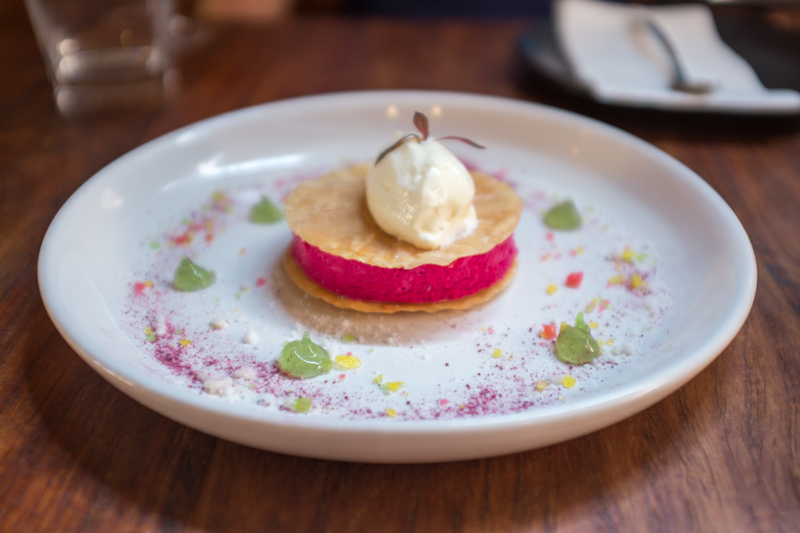

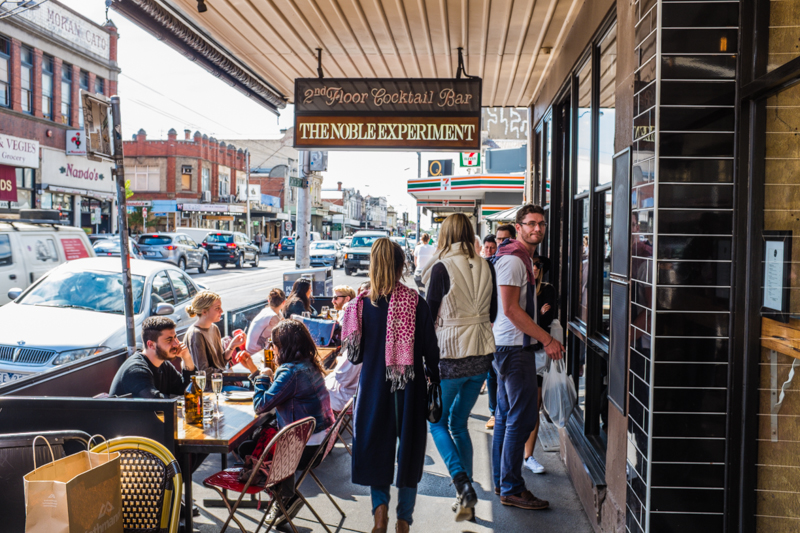
We were really impressed with the offering at the Noble Experiment. We mentioned earlier that we were sure we’d walked past it before and indeed we had, several times. It’s hard to believe with the quality of drinks and food being served that it’s flown under the radar for almost a year. Now that we know what they’re doing inside, we’ll definitely be returning.
The Noble Experiment
284 Smith Street
Collingwood
Victoria 3066
Australia
Telephone: (03) 9416 0058
Email: n/a
Website: http://thenobleexperiment.com.au/
Open
Wed – Thu: 5:00pm to late
Fri – Sat: 12:00pm to late
Sun: 12:00pm to 10:00pm

